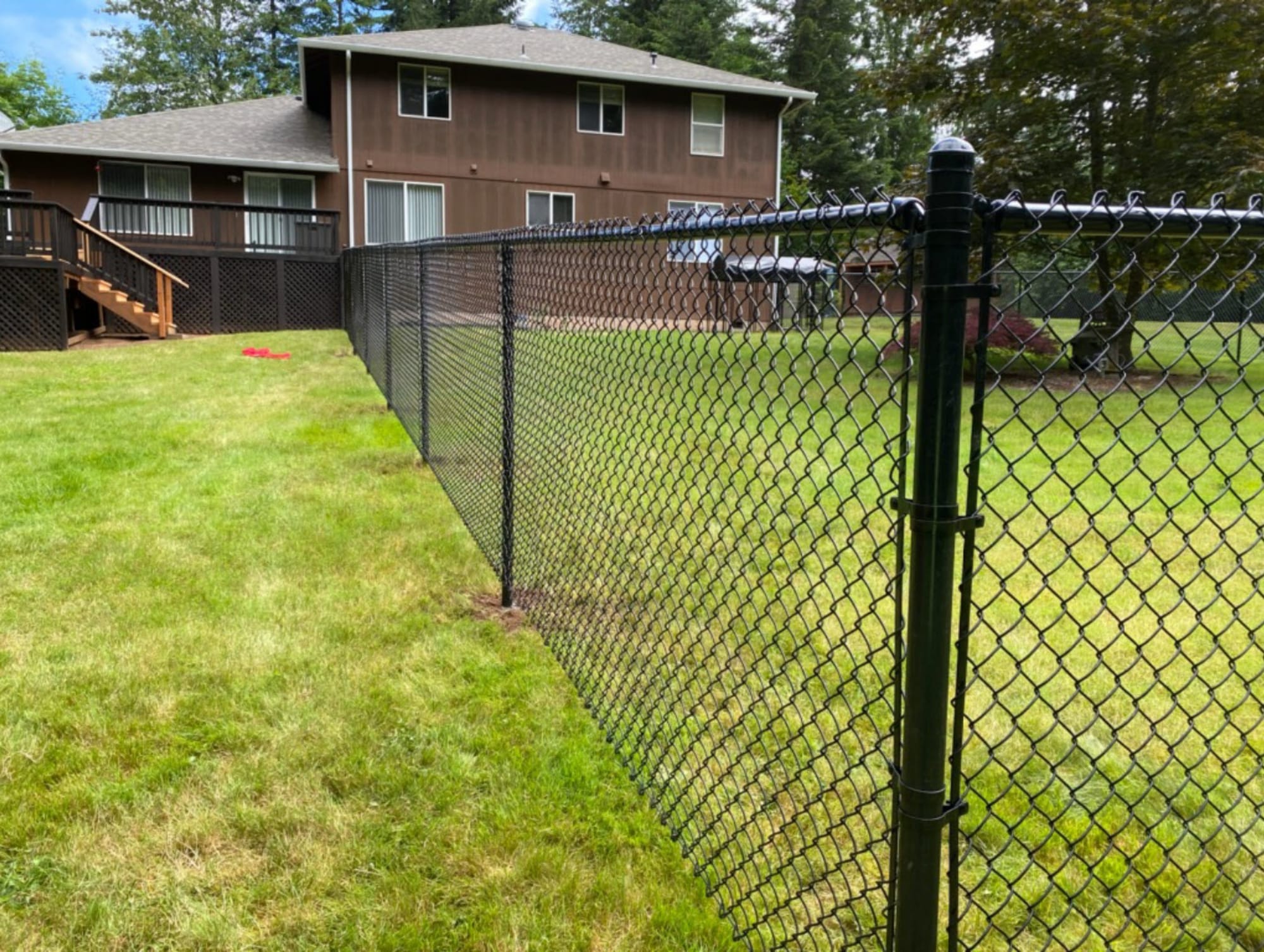All Categories
Featured
Setting up a fence is an exceptional way to improve your home's visual appeals, protection, and privacy. Before the setup starts, there are several crucial actions you must take to guarantee the process runs smoothly. Appropriate preparation not just assists stay clear of delays and added prices but additionally guarantees that your fencing is mounted appropriately and lasts for years. Below's a detailed guide to preparing your residential or commercial property for a fence installation.
You ought to likewise examine for below ground energies, such as water, gas, and electrical lines, to stay clear of harming them throughout the installment procedure. Many neighborhood utilities supply a "call-before-you-dig" solution, where they will certainly mark the location of energy lines on your property.
![]()
Your contractor will additionally aid identify the elevation of the fencing and any unique features, such as gates or attractive accents. Recognizing your objectives for the fence will certainly make sure the last product meets your needs.
![]()
Final thought. Appropriate prep work is essential to a successful fencing setup. By recognizing neighborhood guidelines, noting residential property lines, removing the installment area, ensuring equipment access, wrapping up the design and products, and notifying your neighbors, you can set your task up for success. Making the effort to prepare your building ensures that the setup procedure is smooth, effective, and leads to a fence that improves your property's worth and security.
- Understand Neighborhood Rules and Permits. Prior to waging the fence installation, it's crucial to acquaint yourself with local zoning laws and acquire any kind of essential licenses. Several towns require house owners to request a license before mounting a fencing, especially if the fence surpasses a particular height. Regulations may additionally determine the kind of material you can make use of, the place of the fence (whether it's in the front yard or along a residential property line), and the height limitations for fencings. Be certain to consult your city government or house owners association (HOA) to guarantee compliance with any type of policies or guidelines that may use in your location.
- Mark Your Residential Property Lines. It's crucial to know the exact limits of your building prior to beginning the fence installation. This will aid protect against any type of border disagreements with neighbors and make sure that the fence is positioned within your residential property lines. Take into consideration hiring a surveyor to note the borders for you if you're unclear regarding where your home lines are. Lots of fencing installation professionals also provide residential property line noting services. Having this clarity will certainly additionally help prevent any type of legal issues in the future, specifically if the fence is being developed along a shared home line.
- Clear the Setup Area. A major part of preparing your home for a fencing setup is getting rid of the setup area. In addition, you ought to remove any kind of existing fences, old articles, or frameworks that are in the means.
You ought to likewise examine for below ground energies, such as water, gas, and electrical lines, to stay clear of harming them throughout the installment procedure. Many neighborhood utilities supply a "call-before-you-dig" solution, where they will certainly mark the location of energy lines on your property.
- Plan for Tools Access. The installation of a fencing will likely require heavy equipment, such as trucks for transporting products and equipment for excavating openings. It's crucial to guarantee that there is very easy access to your home for this tools. If your home has a narrow driveway or restricted access points, notify your contractor beforehand so they can prepare the most effective course for distribution and installment. Clear any kind of barriers, such as cars, that may be in the method, and make certain the professional has sufficient room to work without interference.

- Settle Your Fencing Layout and Materials. The following step is to wrap up the style and material selections for your fencing. Consider the purpose of your fencing-- whether it's for personal privacy, safety and security, decoration, or merely marking limits. Discuss your preferences with the specialist to figure out which material is finest suited for your demands. Typical fence products include timber, vinyl, chain-link, and aluminum, each offering distinct advantages.
Your contractor will additionally aid identify the elevation of the fencing and any unique features, such as gates or attractive accents. Recognizing your objectives for the fence will certainly make sure the last product meets your needs.
- Educate Your Next-door neighbors. If your fence will certainly be mounted along a shared residential or commercial property line, it's courteous to educate your neighbors beforehand. While you don't need your next-door neighbors' approval to install a fence on your property, maintaining them in the loophole is a good method to maintain good relationships.
- Get Ready For Post-Installation Maintenance. Once your fencing is installed, it will call for routine upkeep to keep it in great condition. Depending upon the kind of product, you might need to discolor the timber or repaint, tidy vinyl or aluminum, or apply safety layers to avoid corrosion. Ensure you have a prepare for continuous upkeep and assessments to catch any type of issues early. Normal maintenance will guarantee that your fencing remains functional and aesthetically pleasing for years.

Final thought. Appropriate prep work is essential to a successful fencing setup. By recognizing neighborhood guidelines, noting residential property lines, removing the installment area, ensuring equipment access, wrapping up the design and products, and notifying your neighbors, you can set your task up for success. Making the effort to prepare your building ensures that the setup procedure is smooth, effective, and leads to a fence that improves your property's worth and security.
Latest Posts
A Bayfront Culinary Journey
Published Apr 19, 25
1 min read
NAPA AutoCare Certified: Turn to Montclare Auto Repair for Professional Workmanship
Published Apr 19, 25
2 min read
Comprehensive Defense for Your Peace of Mind
Published Apr 19, 25
1 min read